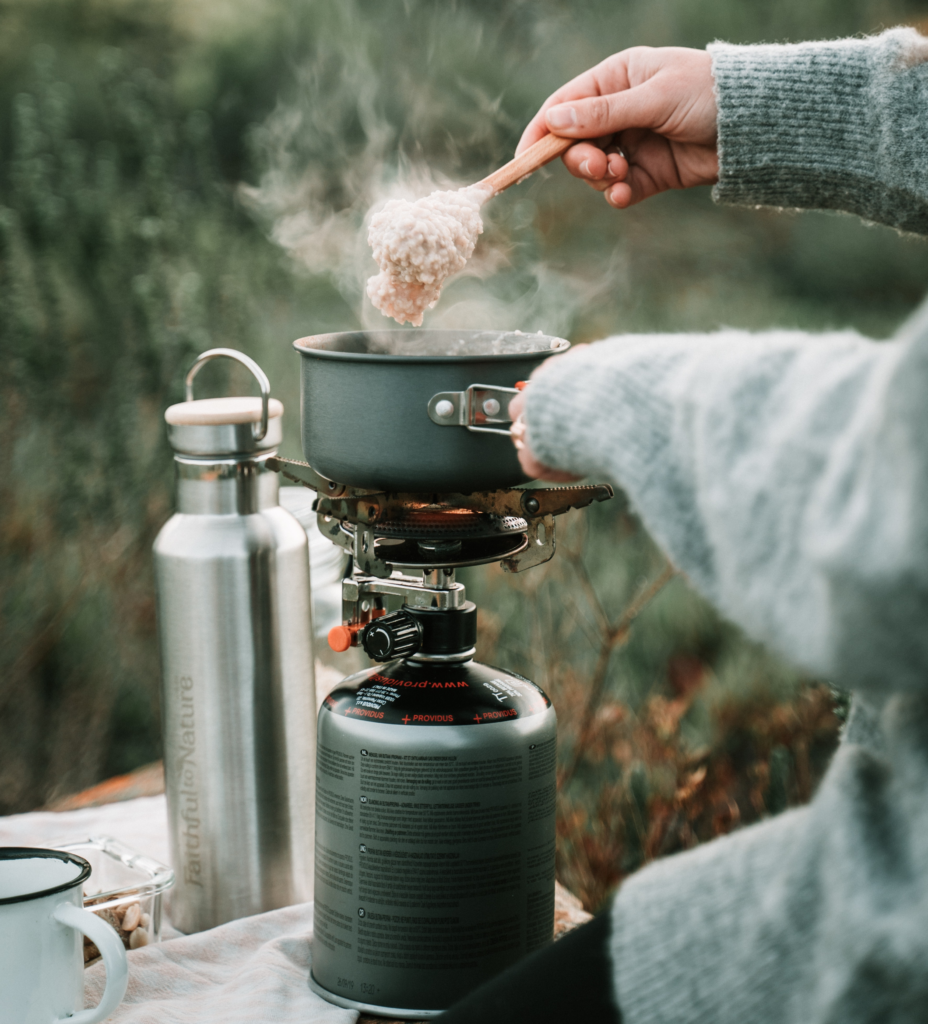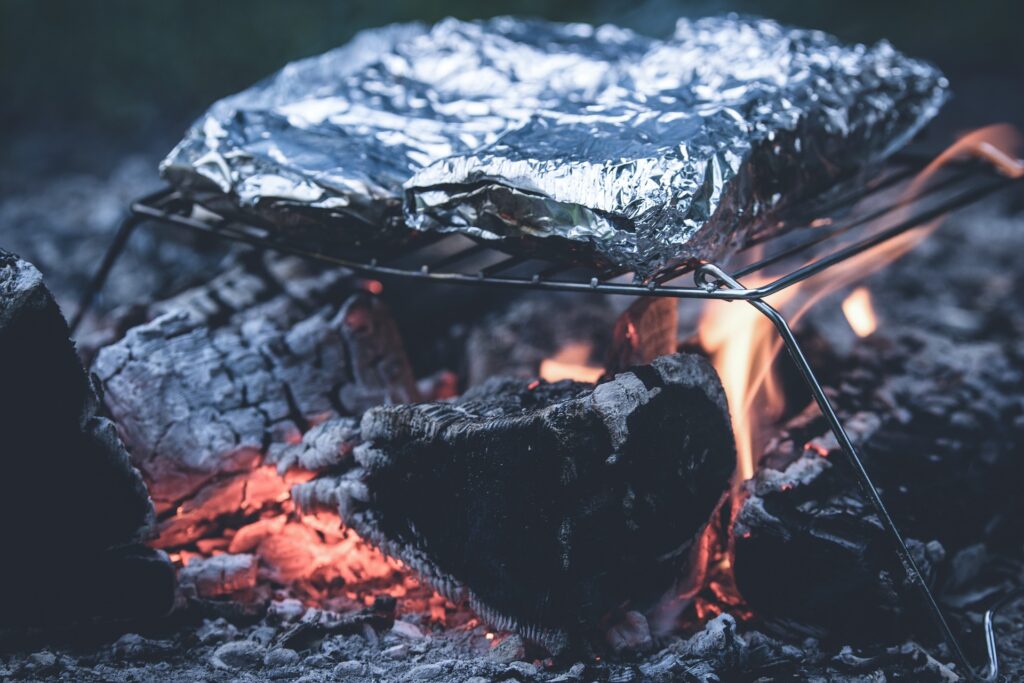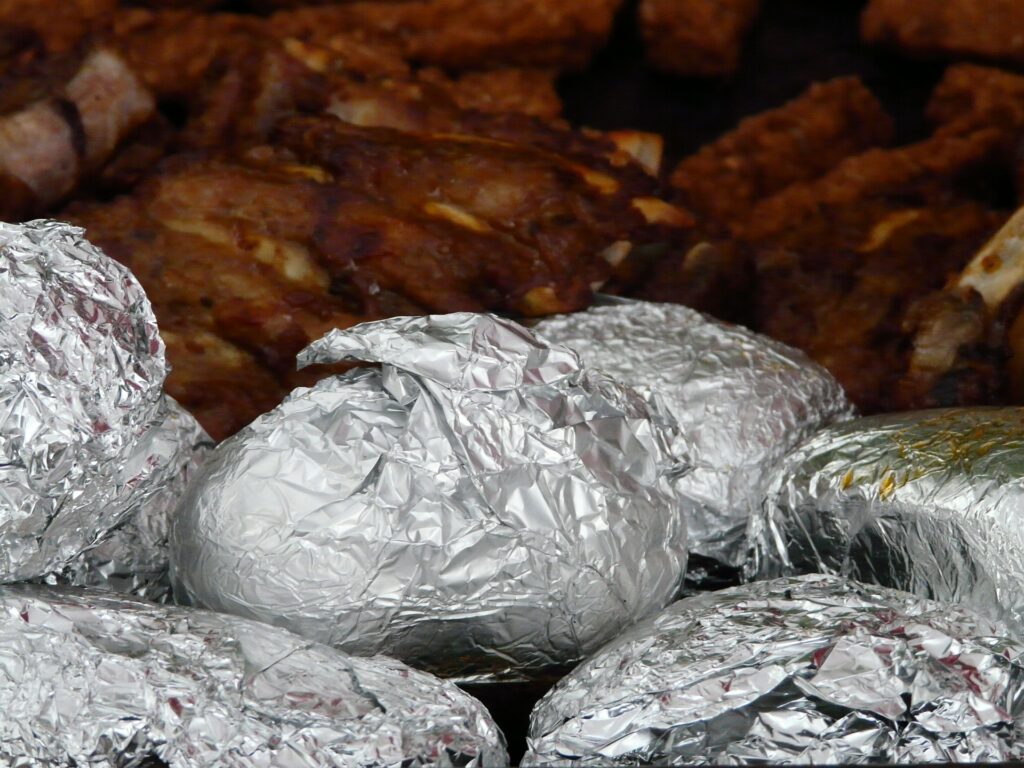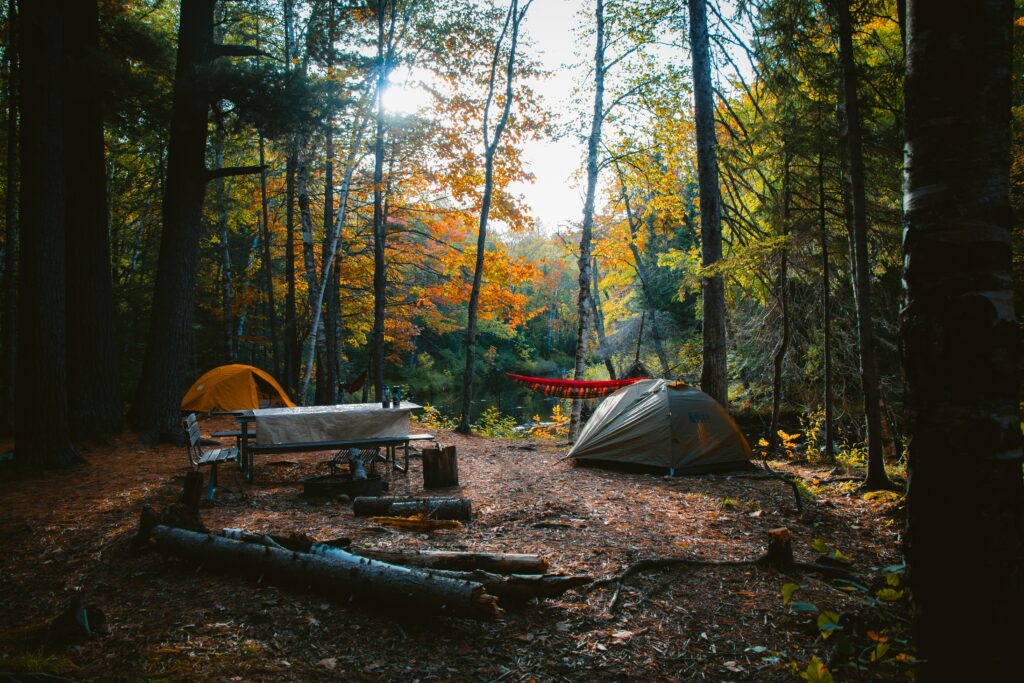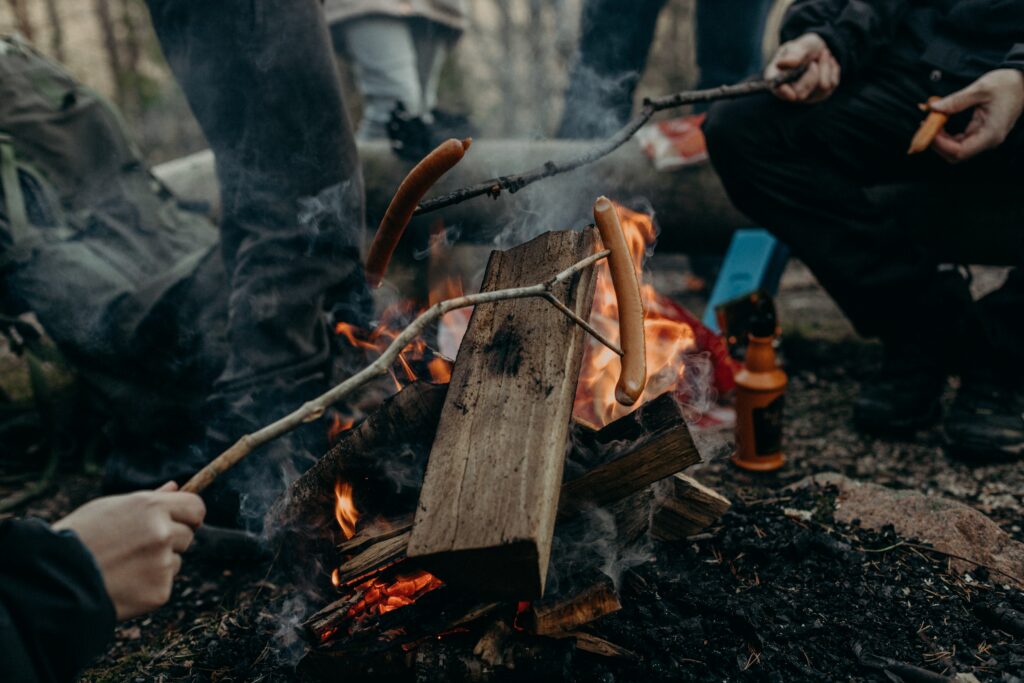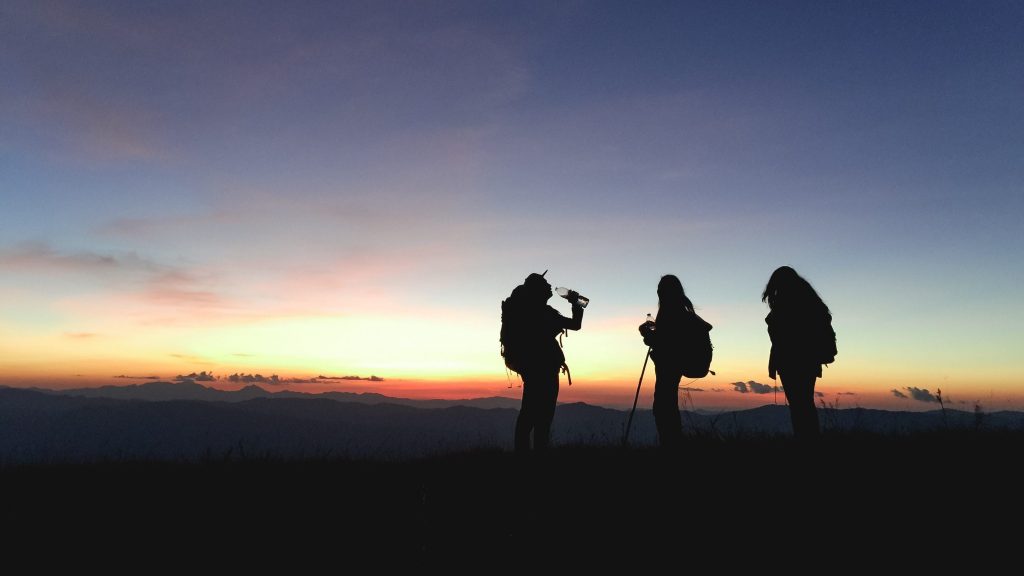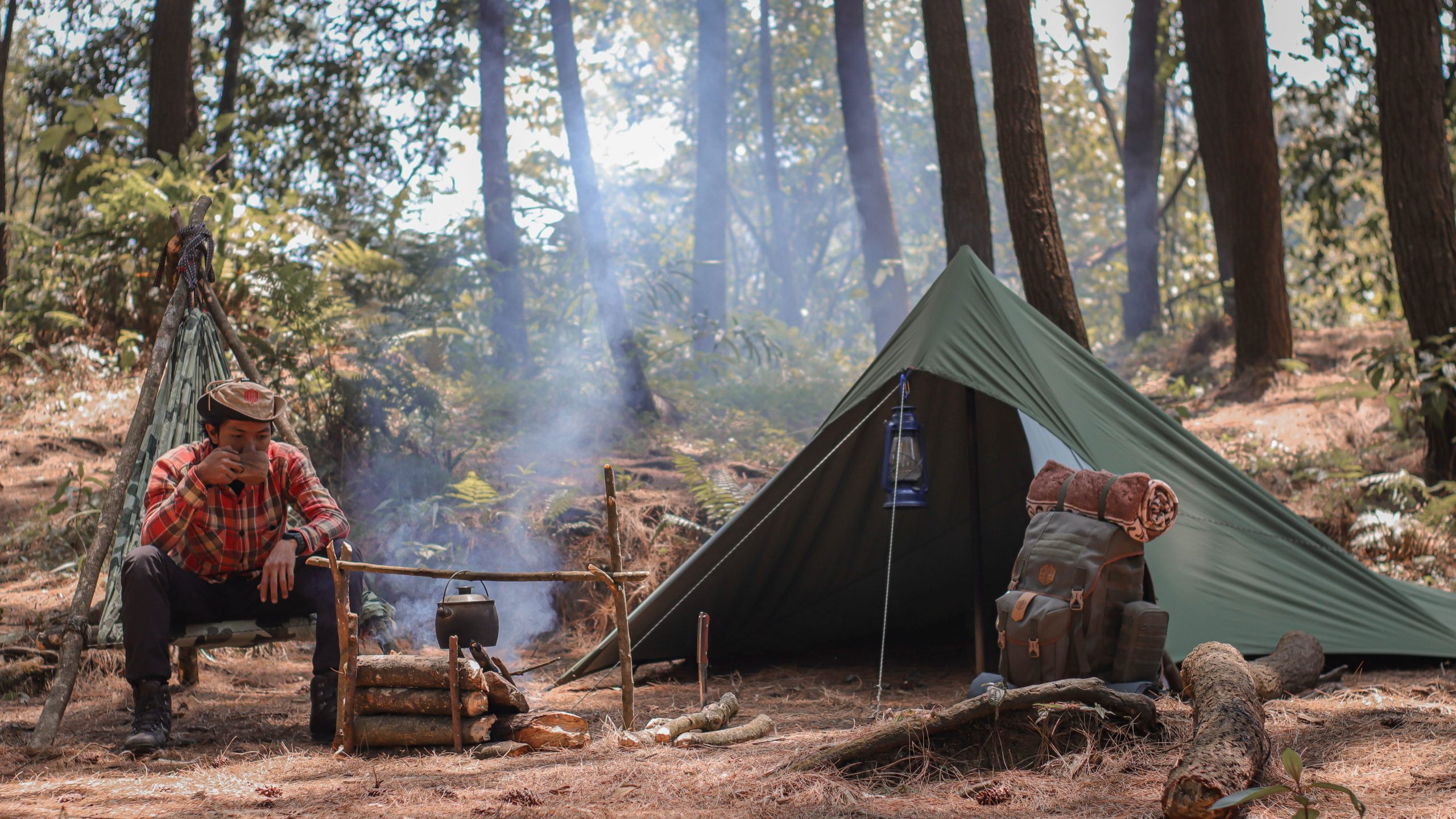A good night’s sleep is essential for any outdoor adventure, and having the right doona or sleeping bag can make all the difference in your comfort and enjoyment. Doonas are essentially large, quilted blankets that are filled with insulation and are used as a top layer on a bed. Sleeping bags, on the other hand, are portable, insulated beds that can be unzipped and used as blankets. In this article, we’ll discuss the different types of doonas and sleeping bags available, along with their features and benefits, to help you find the one that will keep you warm and comfortable on your next camping trip.
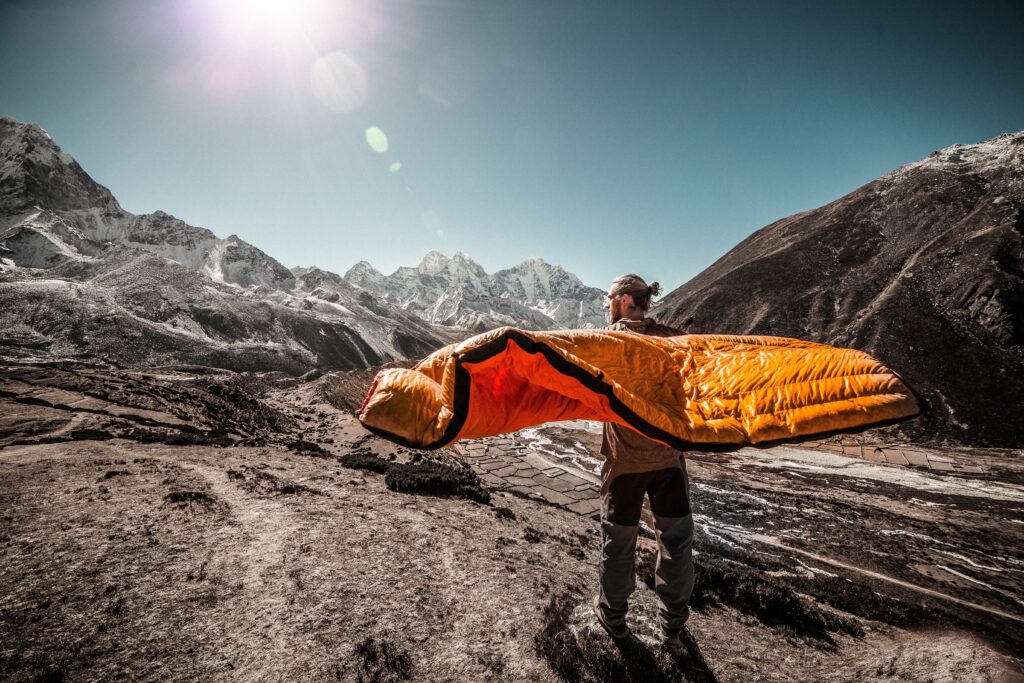
A good night’s sleep is essential for any outdoor adventure, and having the right doona or sleeping bag can make all the difference in your comfort and enjoyment. Doonas are essentially large, quilted blankets that are filled with insulation and are used as a top layer on a bed. Sleeping bags, on the other hand, are portable, insulated beds that can be unzipped and used as blankets. In this article, we’ll discuss the different types of doonas and sleeping bags available, along with their features and benefits, to help you find the one that will keep you warm and comfortable on your next camping trip.
In addition to the temperature rating, you’ll want to consider the type of insulation and material used in the doona or sleeping bag. Down insulation is a popular choice because it is lightweight and compressible, making it easy to pack and carry. Synthetic insulation, on the other hand, is a bit heavier and not as compressible, but it is less expensive and performs better in wet conditions. The material of the doona or sleeping bag is also important, as it will determine its durability and breathability. Nylon and polyester are popular choices because they are lightweight, durable, and easy to clean.
Doonas and sleeping bags also come in a variety of shapes and sizes, so it’s important to choose one that is comfortable for you. Mummy-style doonas and sleeping bags are tapered at the feet and have a hood to help retain body heat, making them a good choice for colder temperatures. Rectangular doonas and sleeping bags are more spacious and have a less restrictive fit, making them a good choice for warmer temperatures or those who prefer a bit more room to move around.
In addition to the shape and size, you’ll want to consider the weight and packed size of the doona or sleeping bag. If you’re planning a backpacking trip, you’ll want a doona or sleeping bag that is lightweight and easy to pack, as you’ll be carrying it with you on your journey. If you’re planning a car camping trip, weight and packed size may not be as much of a concern, as you’ll have more space to store your gear.
Ultimately, the best doona or sleeping bag for you will depend on your specific needs and preferences. Whether you’re planning a hunting trip, a fishing trip, or a hiking trip, there is a doona or sleeping bag out there that is perfect for you. So, the next time you’re planning an outdoor adventure, don’t forget to consider your sleep options – a good night’s rest can make all the difference in your enjoyment of the trip.

